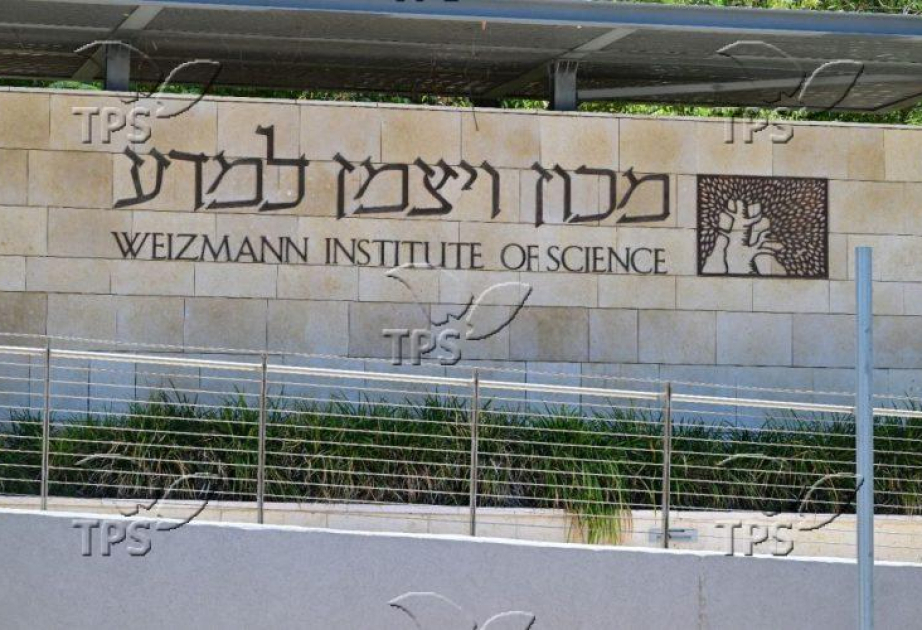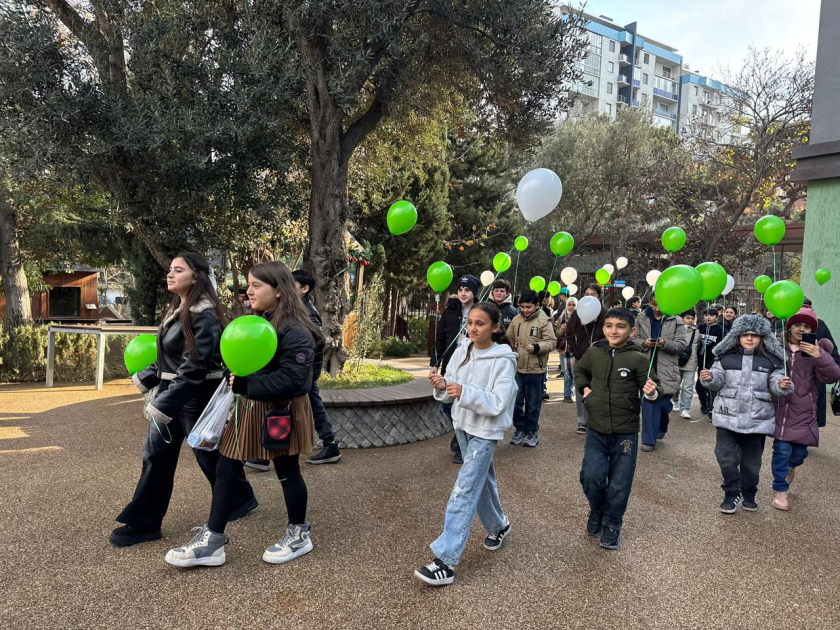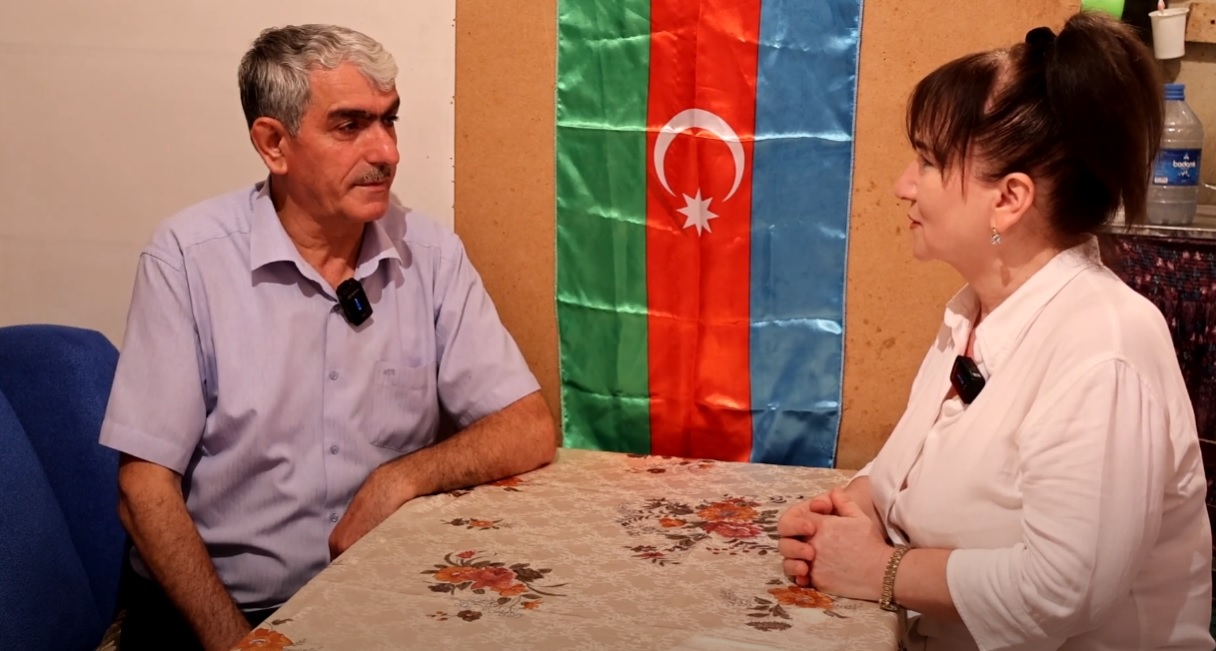Jerusalem Post
ByWALLA!
This is an archaeological-tourism initiative led by the Israel Nature and Parks Authority, taking place as part of the Heritage Seeds Vineyard project in southern Israel.
Ancient grape varieties discovered in archaeological excavations in the Negev will be planted in the Shivta National Park, in a new vineyard plot currently being established among the remains of ancient Byzantine terraces.
This is an archaeological tourism initiative led by the Israel Nature and Parks Authority and is part of the Heritage Seeds Vineyard project in southern Israel.
The goal of the project is to revive ancient grape varieties discovered in archaeological excavations in the Negev Highlands and to reintroduce into the desert landscape the agricultural traditions that flourished in the Land of Israel during the Byzantine period.
The seeds, genetically identified in a joint study by the University of Haifa and Tel Aviv University under the direction of Prof. Guy Bar-Oz, are being replanted by Dr. Lior Shoimer and teams from the Nature and Parks Authority using the same traditional methods mentioned in Jewish sources from that era.
“By planting the vineyard at Shivta, we are not only reviving an ancient agricultural tradition but also deepening visitors’ connection to the extraordinary historical story of the Byzantine Negev,” says Efrat Ruchin, head of Audience and Community for the Nature and Parks Authority’s Southern District.
“The vineyard turns a visit to the national park into a multi-sensory experience that weaves together taste, landscape, and history. During the upcoming Tishrei holidays, we invite the public to visit Shivta National Park, walk among the wine presses and churches, and experience the quiet magic of the desert at the most pleasant season of the year. We also remind visitors to follow safe hiking guidelines, set out during the cooler hours, bring water, a hat, and sunscreen, and check trail conditions in advance on the Authority’s website. Keeping the site clean and avoiding leaving litter in nature are an inseparable part of our responsibility toward these unique places.”
The Roglit Grape
During archaeological excavations in the caves of Avdat, grape seeds about 1,400 years old were discovered, preserved in an exceptional state. A comprehensive genetic study successfully linked them to varieties that survived in remnants of orchards along the coastal plain, including the Seriki (red wine), the Be’er (white wine), and the Dabouki (table grapes and white wine).
Cuttings from these varieties were cultivated in the Heritage Seeds nursery of Assaf Bashan and transferred to the Shivta and Avdat National Parks, with the aim of recreating the vineyards that once existed here in the Byzantine period. This is not only a restoration of the grape varieties themselves but also of the growing methods: vines planted on stone mounds - “Roglit vines” - as mentioned in the Jerusalem Talmud, Tractate Menachot: “Ein mevi’in min ha-daliot ela min ha-rogliot” (“Only grapes from Roglit cultivation were considered fit to be brought as an offering in the Temple”).
Similar to the Heritage Seeds Vineyard at Avdat National Park, where in 2023 the first vineyard of ancient Negev grape varieties was planted, at Shivta National Park, the seedlings are also being grown using the “Roglit vine” method - on stone mounds within Byzantine agricultural terraces. The vineyard plot is located between the entrance to the site and the western winepress, one of three winepresses at Shivta that were used for the production and export of wine from the desert region to European markets.
Encounter with ancient culture that developed in desert conditions
Shivta National Park is one of the most impressive sites in Israel for encountering an ancient culture that developed under desert conditions. In the heart of a barren-looking landscape, the remains of an entire Byzantine town have been preserved - streets, residential houses, three churches, public pools, winepresses, and an advanced water system that carried water from kilometers away. This exceptional combination of developed urban life and sophisticated land cultivation methods in an arid climate earned Shivta its designation as a UNESCO World Heritage Site.
Walking through the site exposes visitors to a variety of highlights: the impressive northern church, the pool square, the governor’s house, the large winepress, and the reconstructed orchard in the north.
Now, alongside these, a new vineyard has been planted within Byzantine plots, adding depth and layers to the visitor experience. New explanatory signs to be installed across the site will provide additional context about the agricultural traditions of the desert’s former inhabitants.















